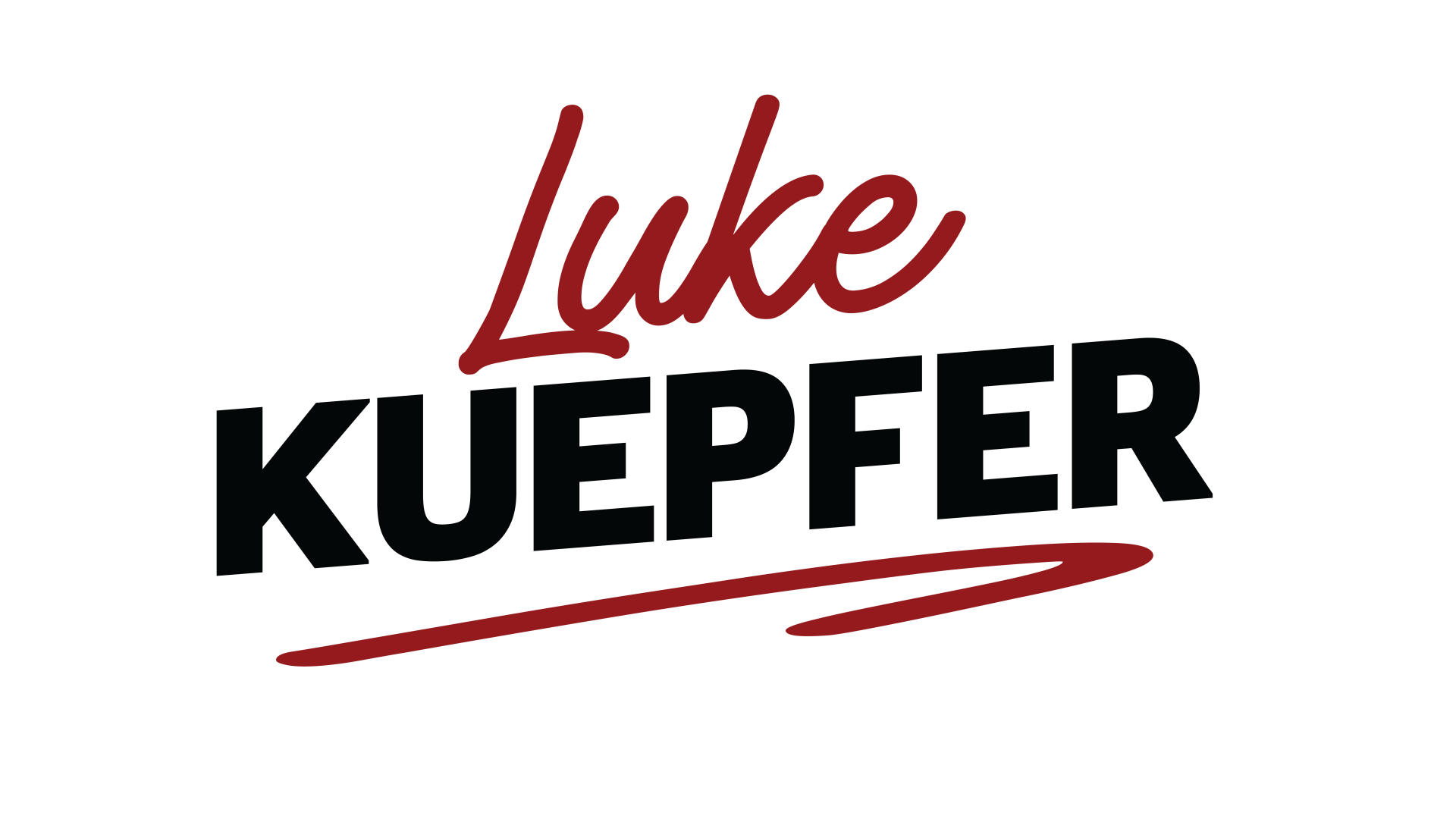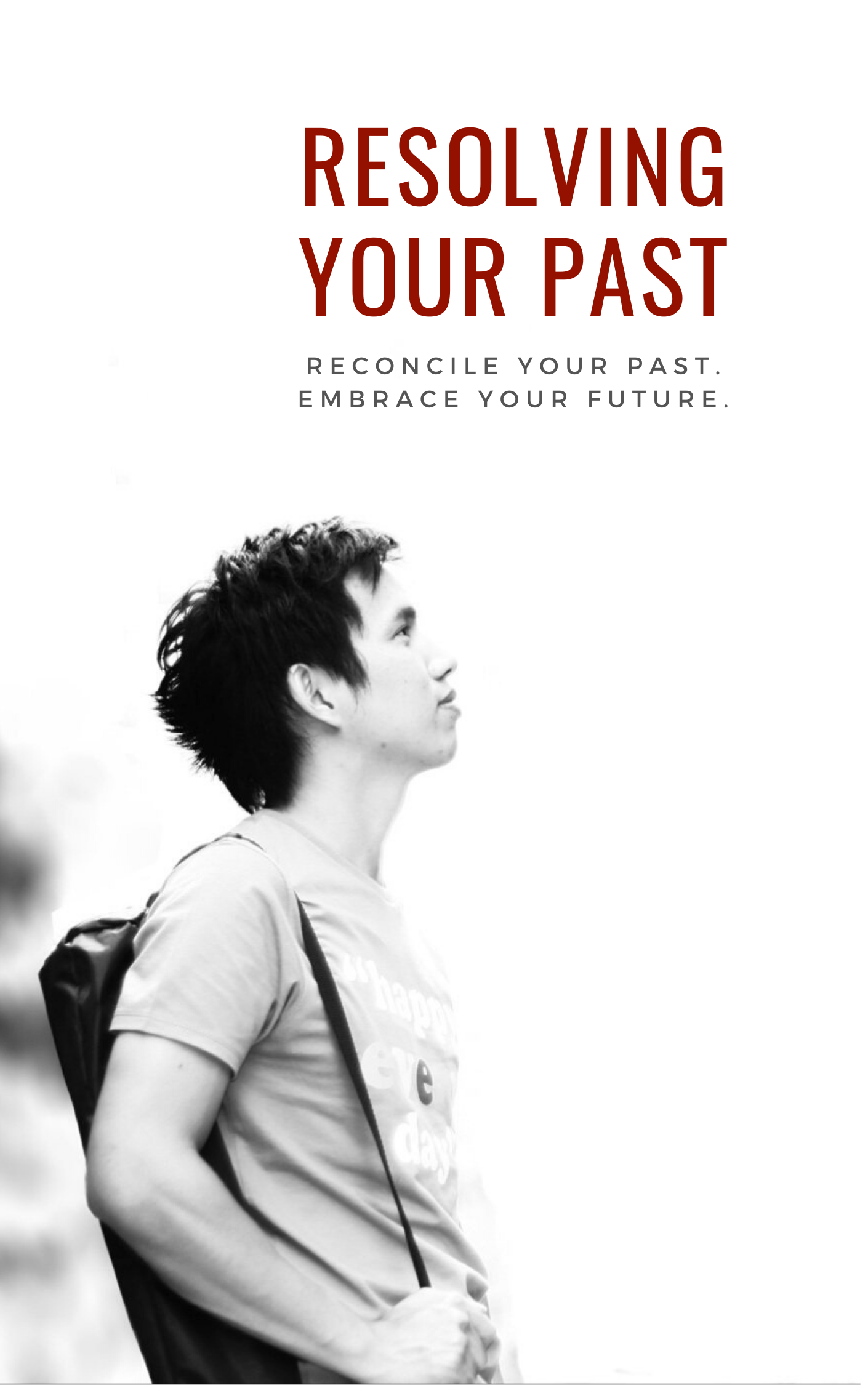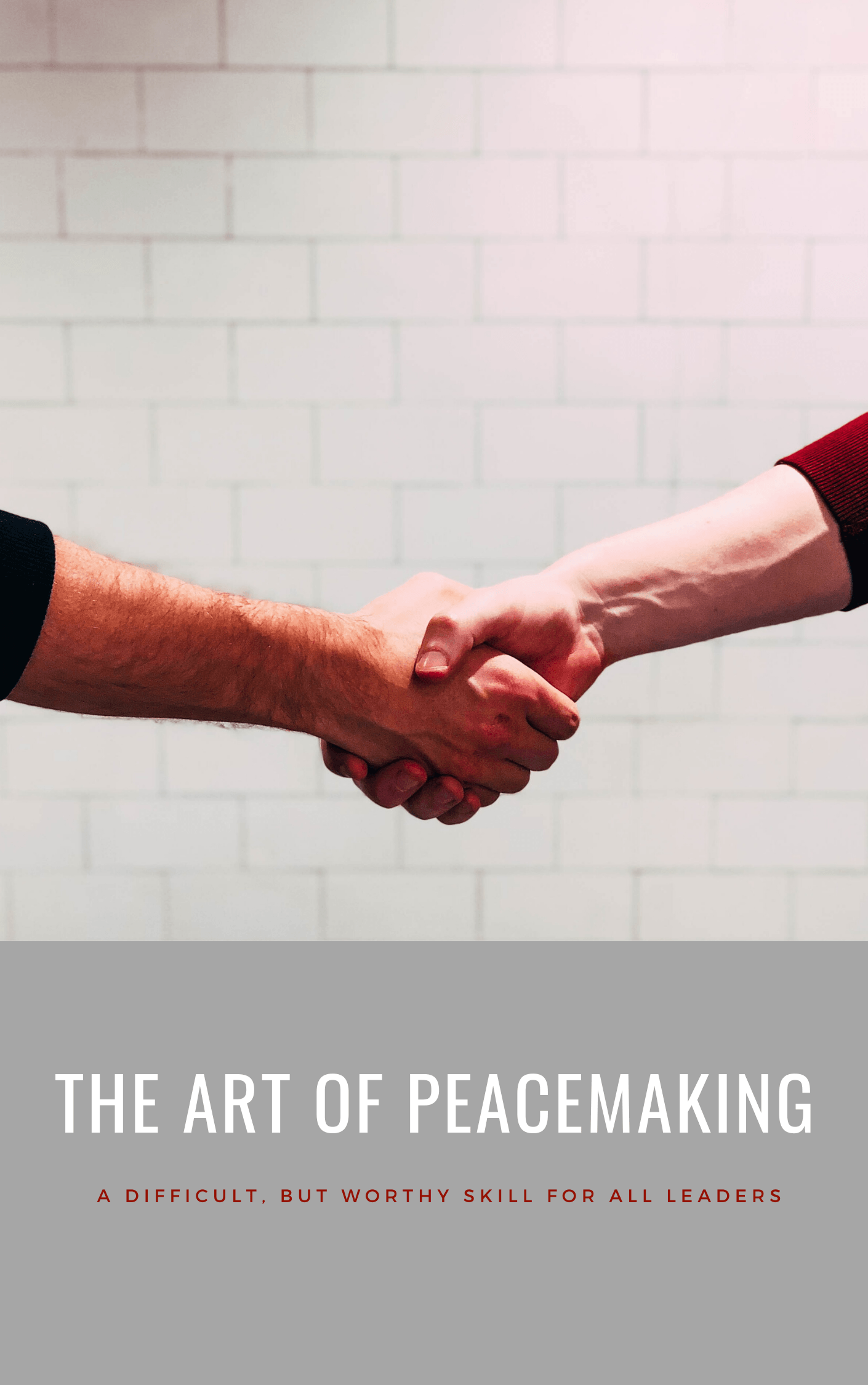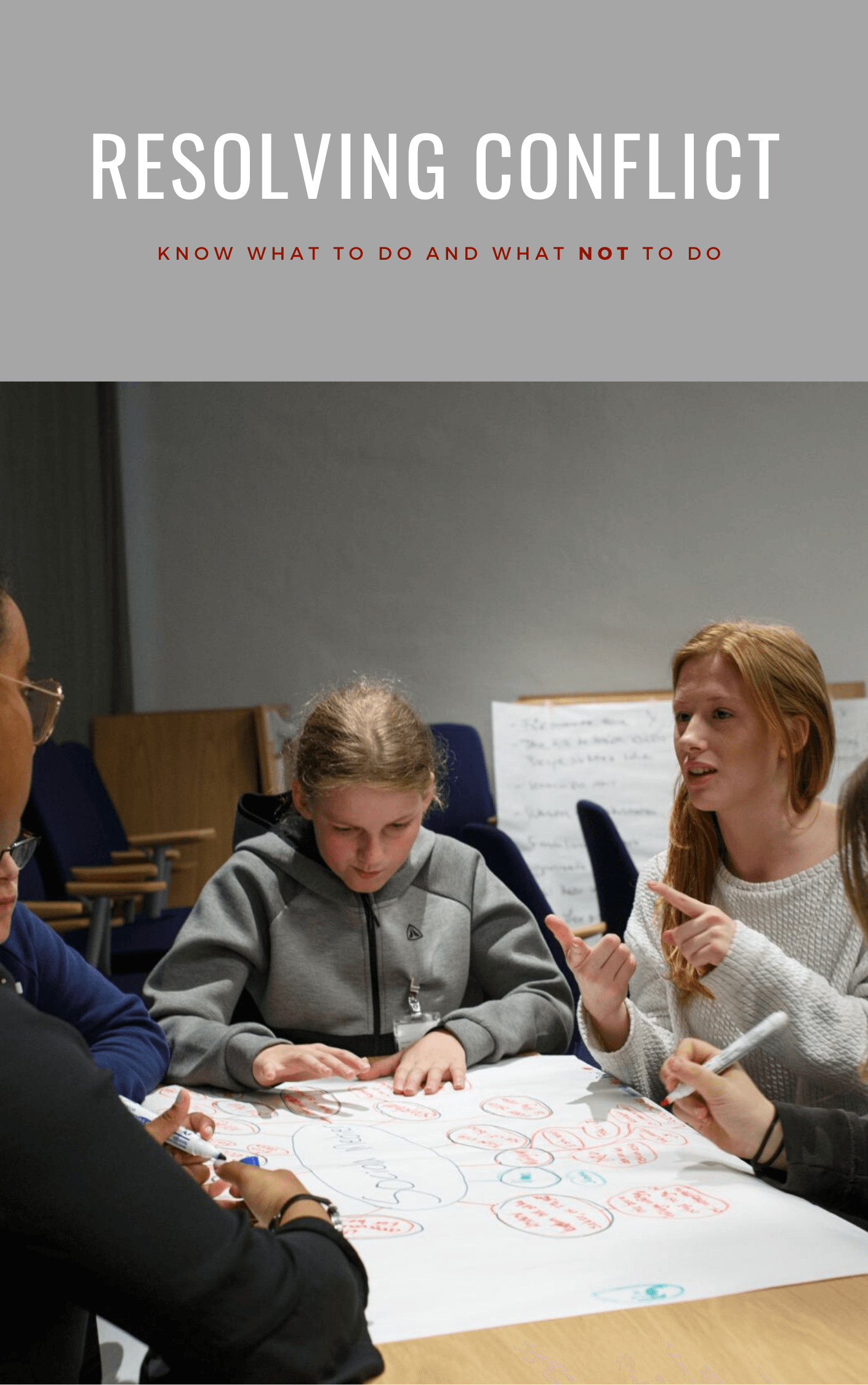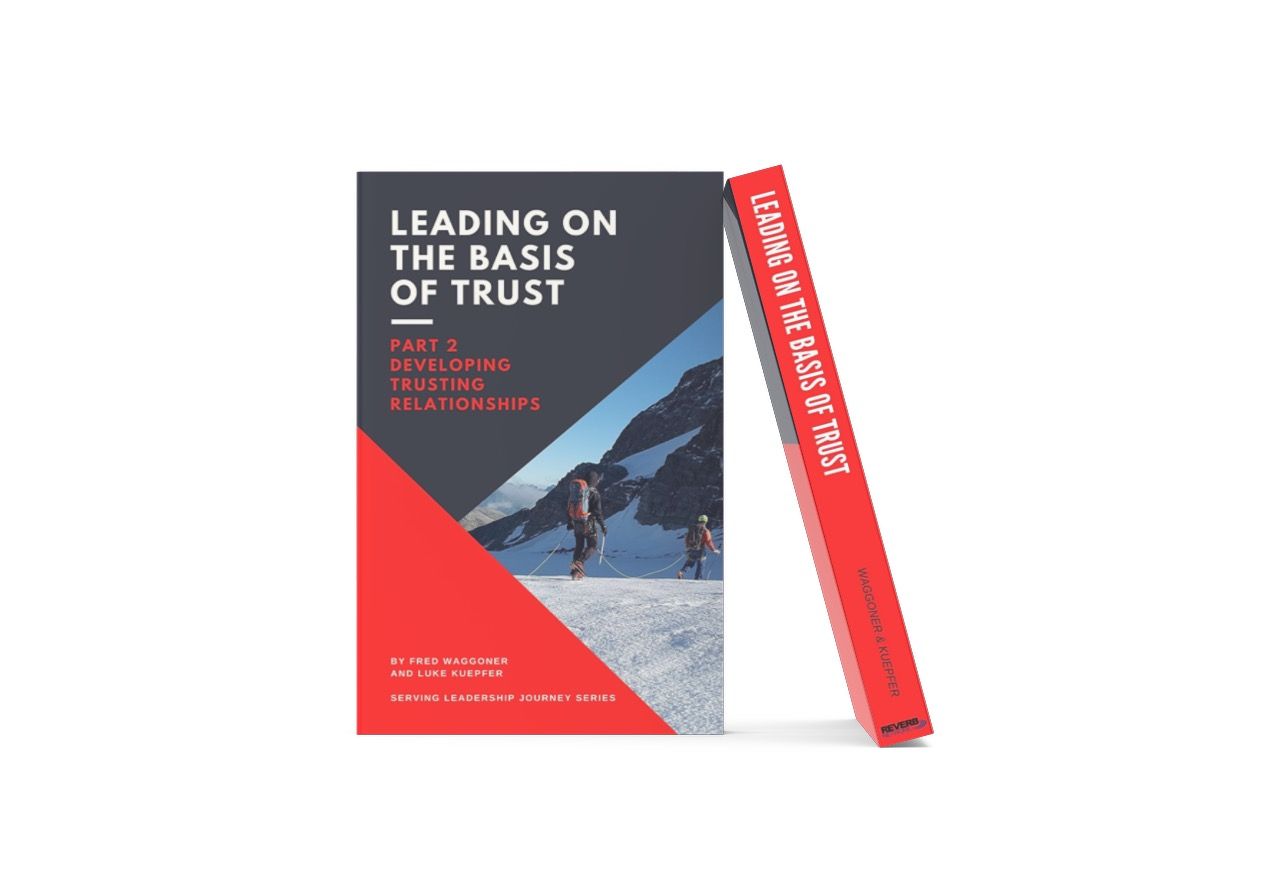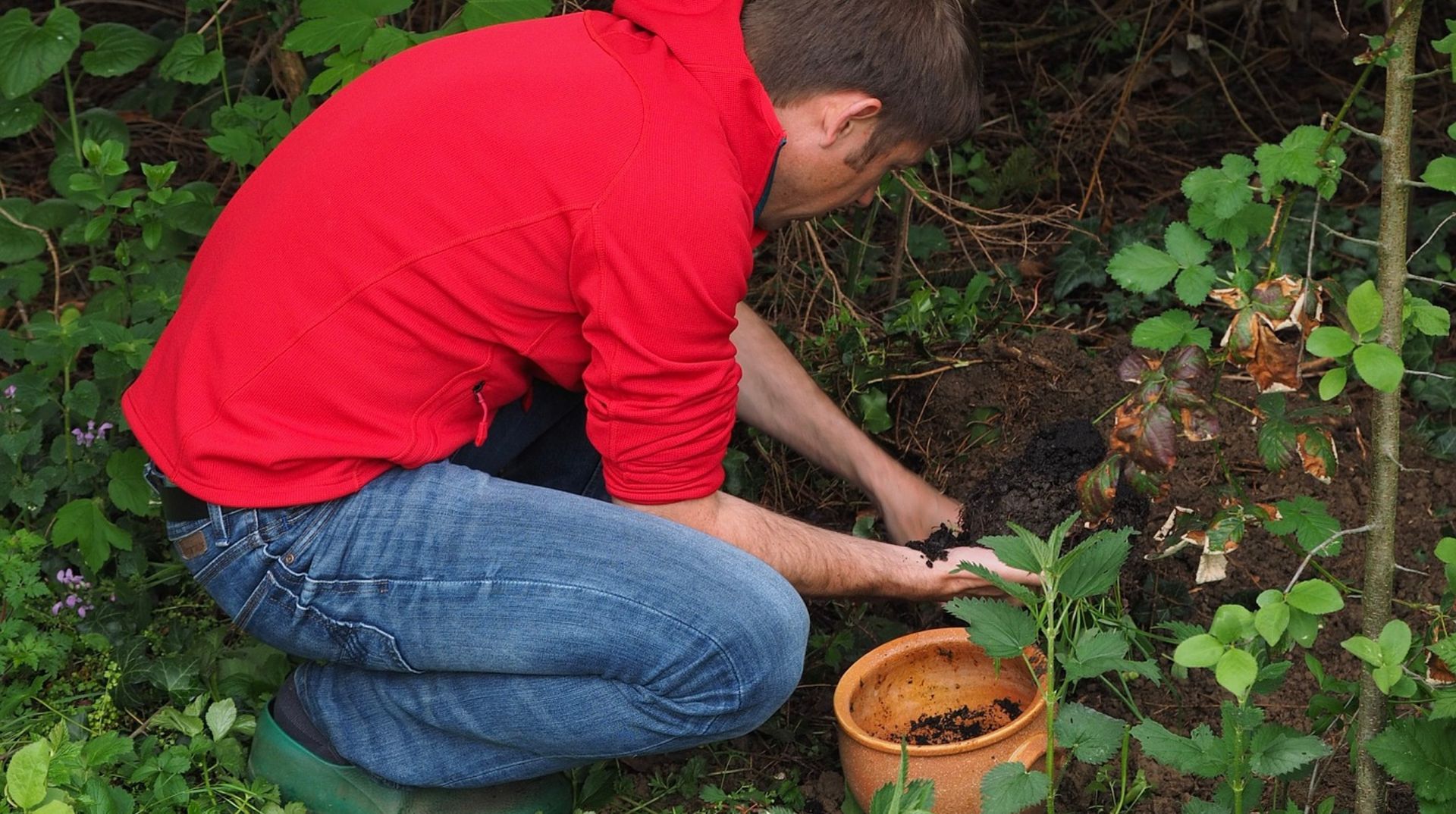Change Models
Change is not exactly easy and seldom happens very quickly. It often happens through disciplined action and a systematic approach. Peter Drucker tells us that “innovation is not ‘flash of genius.’ It is hard work.”
Various change models have been developed over the years and applied to personal and organizational change. In the next few posts, I'll be looking at Lewin’s planned change model, the action research model, Kotter’s eight-stage change model, and the positive model.
First, is the planned change model. Perceiving “change as modification of those forces keeping a system’s behavior stable,” Kurt Lewin proposed a system in which the three steps of unfreezing, moving, and refreezing, take place to bring about change.
Unfreezing reduces the beliefs in current behaviors by introducing information that motivates members to accept what is new. You “unfreeze” people's common beliefs and assumptions by sharing truth or new data they've never considered before.
Moving refers to the middle stage where behaviors, values, and attitudes actually shift toward the desired outcome. Leaders patiently engage followers, give time for adjustment and acceptance of the new, and answer questions to remove roadblocks in peoples' thinking and attitudes.
Freezing is the final step in which everyone’s comfort level goes back to previous levels. New practices and beliefs become part of the organizational culture with support mechanisms put in place to ensure their continuity.
